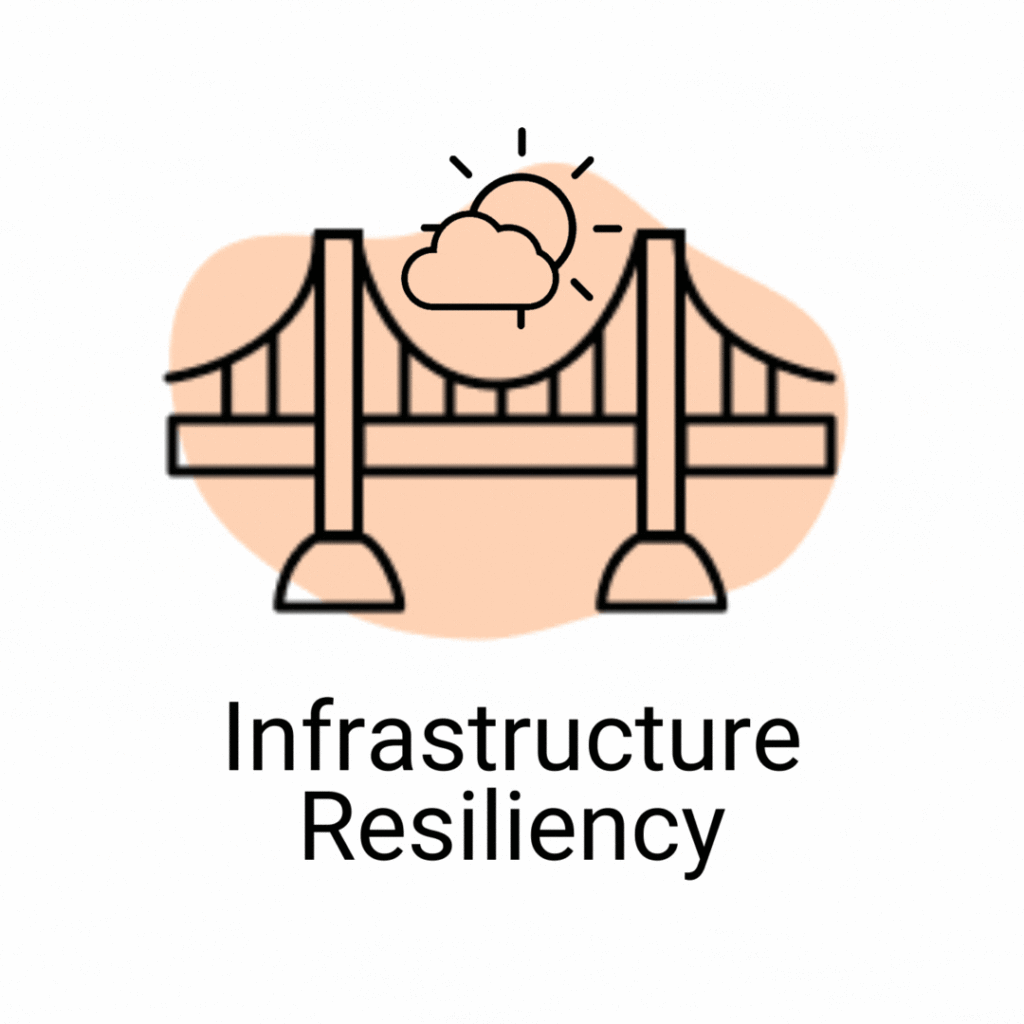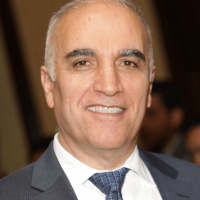Overview
Overweight trucks and vehicles represent a significant cost to transportation agencies in all states. This is due to their contribution to the deterioration of road pavement and bridge decks and girders. A recent study that examined the damage cost of moving overweight trucks in New Jersey estimated an average cost of moving one ton of overweight load per mile as $0.33. About 60% of the costs are related to pavement, and 40% to bridges (Nassif, Ozbay, Wang et al, 2016). This kind of information, along with projections about traffic demand and growth, can inform transportation policies about permitting and financing of road and bridge maintenance. However, policies in this area, especially those that involve the increase of permit fees, tend to face opposition from users of transportation infrastructure and there is a need to find effective policy formation approaches that lead to optimal outcomes. Potential strategies could include actions by both government agencies and the user community.
This multi-disciplinary project will combine the results of engineering modeling in the area of transportation infrastructure deterioration related to overweight trucks in New Jersey with economic approaches to estimate the contribution of these vehicles to maintenance costs. The research team will engage multiple stakeholders to provide viable strategies that can inform policy formation regarding reducing the impact costs of overweight vehicles.
Research Objectives
The overall goals of this project are:
- To produce policy and regulatory development approaches so that transportation agencies with a mandate to maintain roads and bridges in these states are able to use best available technology and data, as well as input from multiple stakeholders, to implement policies related to: (i) the usage of transportation infrastructure by commercial users, including permit costs; (ii) the distribution of weigh stations including Weigh-In-Motion (WIM) systems, and (iii) the type of vehicles allowed for freight transportation.
- To explore the potential for additional strategies to address infrastructure deterioration due to overweight trucks, including coordinated action by the user community, such as alternate routing, alternate standardized truck configuration for special permits, and engineering and design changes.
- To familiarize other transportation agencies, including New York State Department of Transportation, New York City Department of Transportation, and the Port Authority of New York and New Jersey, with the results of the cost estimate/impact methodology used in the New Jersey project/prototype as well as a multi-stakeholder approach, so they can evaluate potential applications of both the engineering modeling and multi-stakeholder approach to policy/regulation development.






